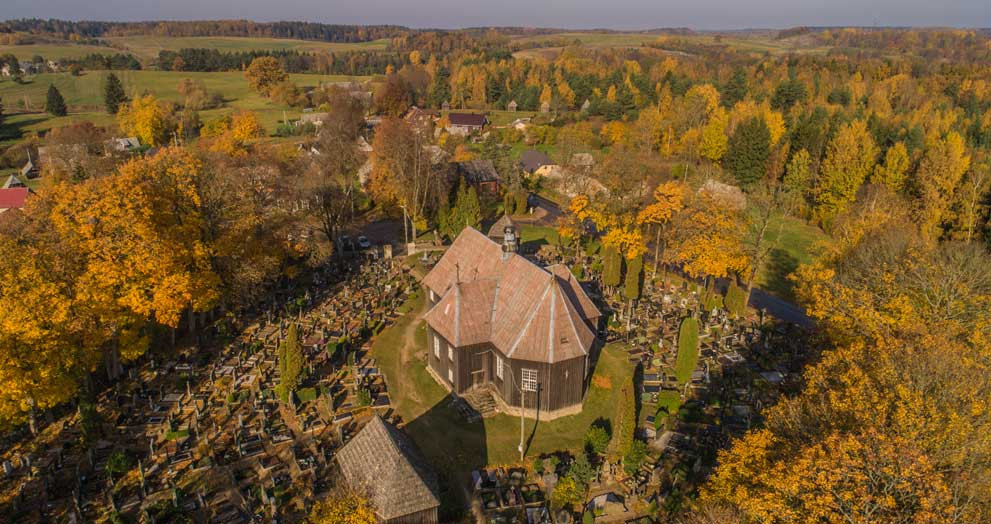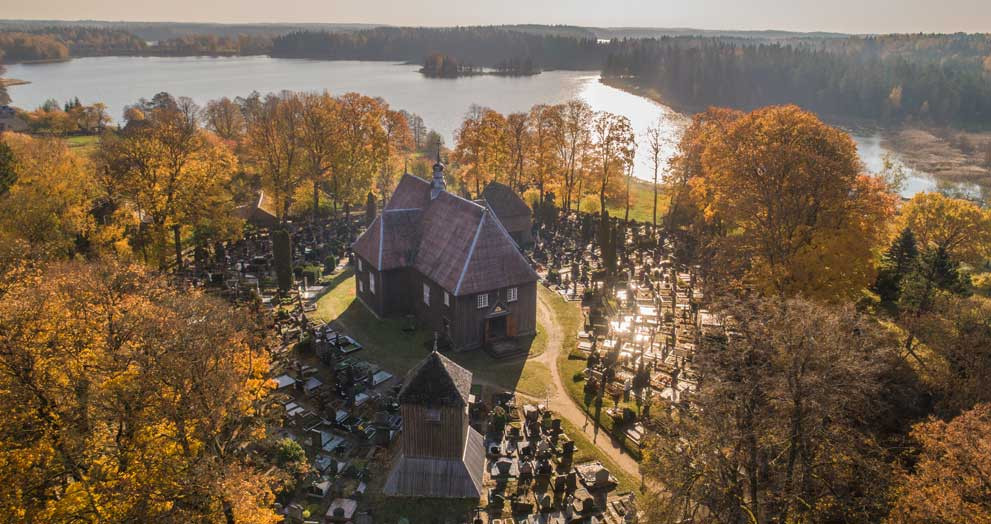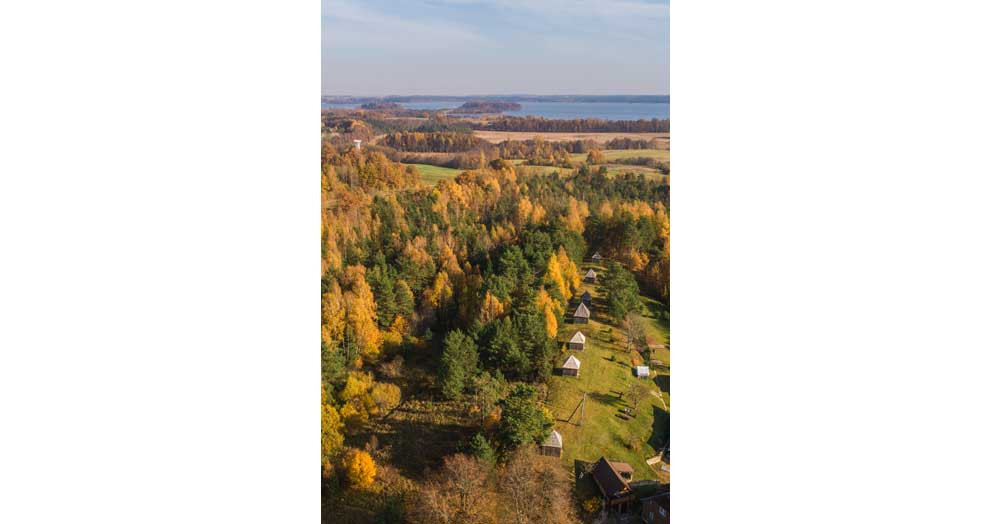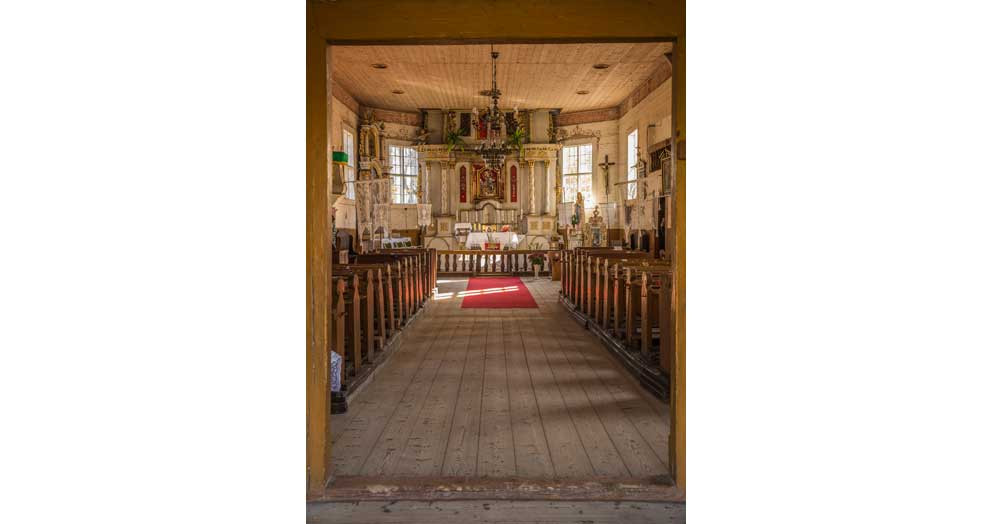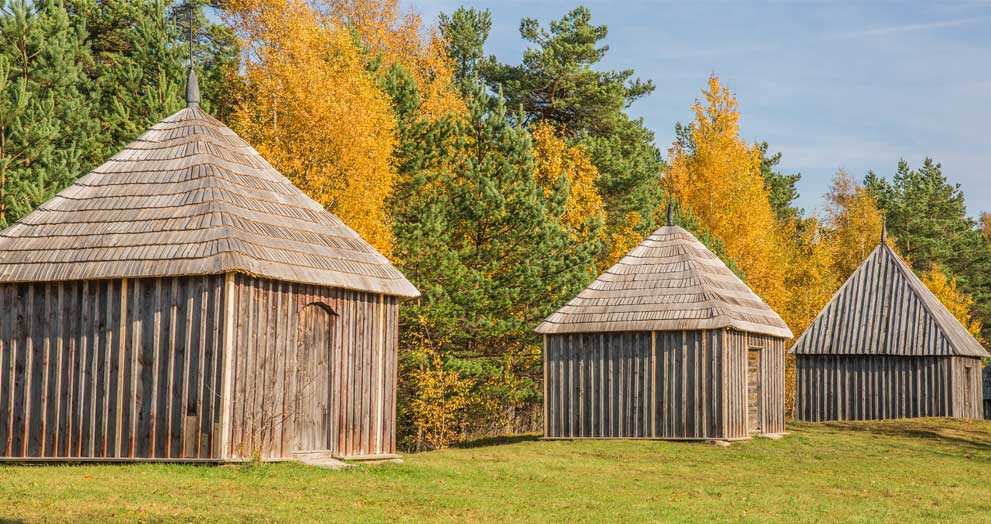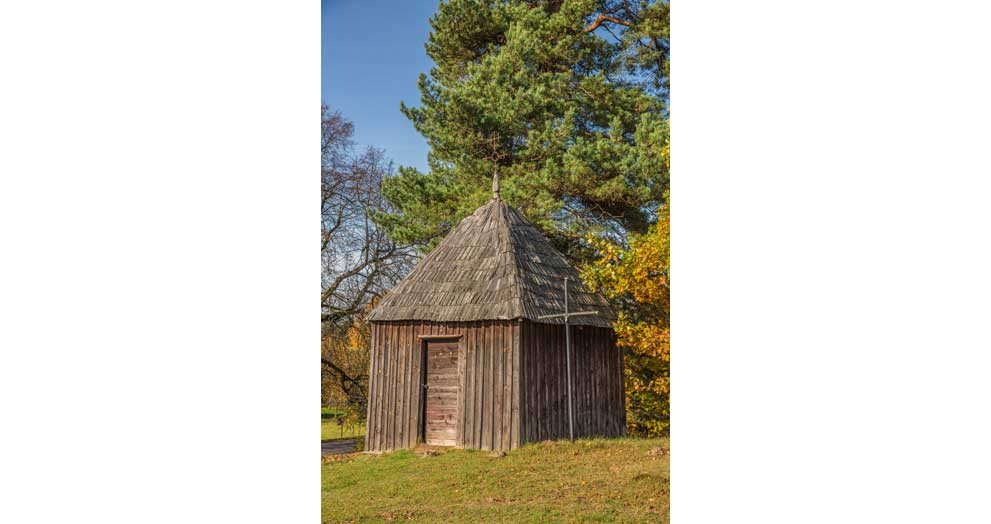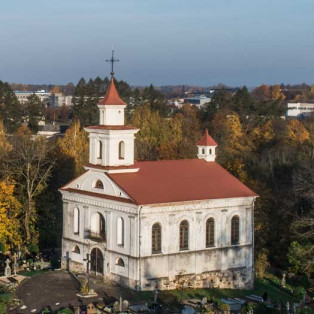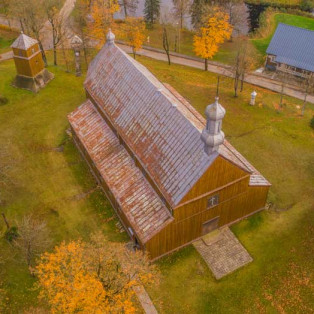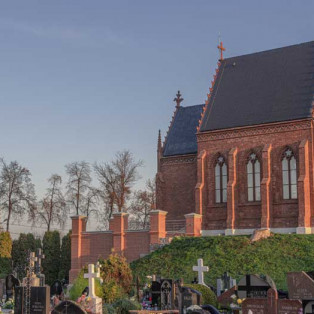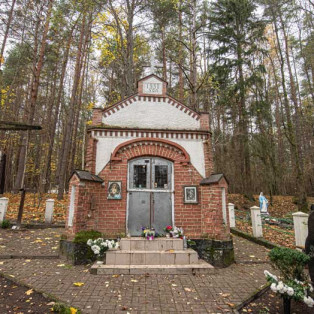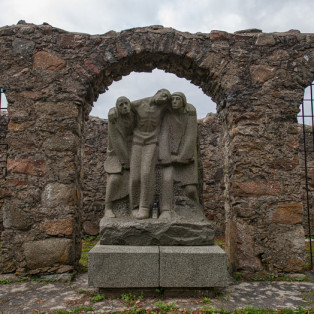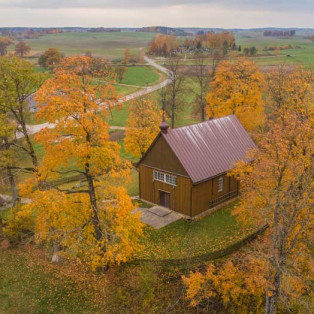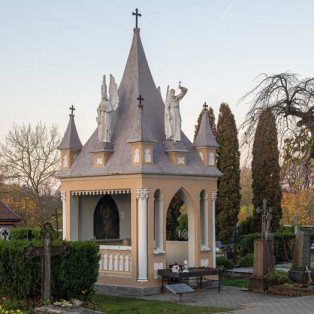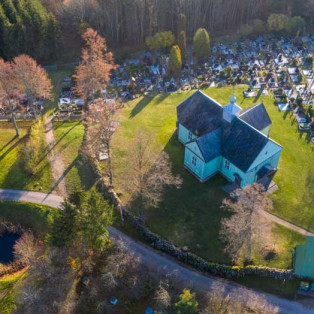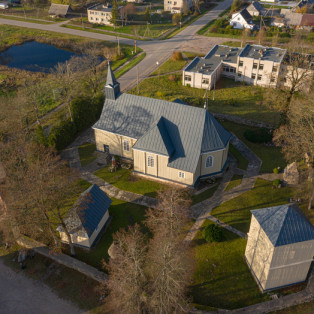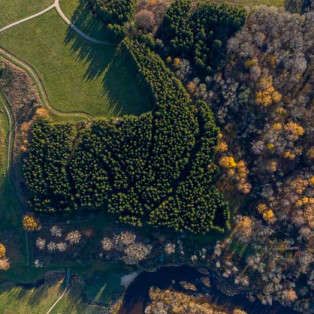In Beržoras Village (Plungė District) there are two highly significant cultural religious objects: St Stanislaus Bishop church building complex with the St Stanislaus church, bell tower and chapel – and the 14 Stations of the Cross chapels. It is said that a shepherd saw a painting of the Holy Virgin Mary in a treetop. The priests brought the painting down and took it to the Plateliai church; however, the painting disappeared from the church and reappeared in the same place in the treetop. According to the legend, it was then decided to build a new church on this spot where the painting would hang.
The first building of the complex, the wooden chapel of St John of Nepomuk, rose no later than in the 18th century. Unfortunately, the exact date is not known. Eventually, the number of Christians in the village grew so that they could not fit into the chapel. Thus, in 1746 a larger church was built and it was given the title of St Stanislaus. The church has the characteristics of Lithuanian folk architecture, with a wooden and cross-shaped design. However, the main altar of the church is considered to be Baroque in style, and there are four altars in total.
The Calvary of Beržoras has been in use since 1760, and is the only Calvary complex to be established in the 18th century Path of the Cross architectural complex. The Beržoras Paths of the Cross were established by the parish priest Juozapas Vaitkevičius. In the fourteen chapels, the usual 14 Stations of the Cross can be found. In the beginning of the 70’s, the Stations of the Cross were demolished, but once Lithuania regained independence they were rebuilt.
- Audio guide (2 MB )



